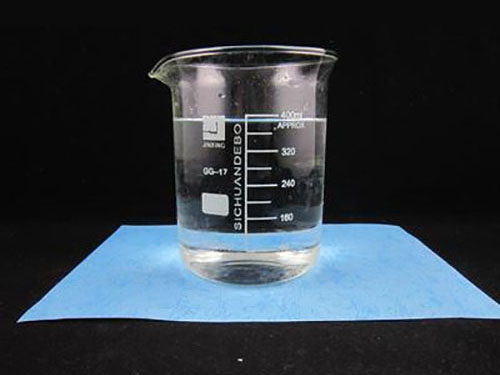Organic Fluorochemicals: Unique Compounds with Wide Industrial Applications
2025-07-11
Organic fluorochemicals are organic compounds that contain one or more fluorine atoms bonded to carbon atoms. These compounds exhibit unique chemical and physical properties due to the strong carbon-fluorine bond, making them valuable in a variety of industrial and commercial applications.
What are Organic Fluorochemicals?
Organic fluorochemicals are synthesized by introducing fluorine atoms into organic molecules. The carbon-fluorine bond is one of the strongest in organic chemistry, providing exceptional stability, resistance to heat, chemicals, and environmental degradation.

Types of Organic Fluorochemicals
Fluoropolymers
Polymers containing fluorine atoms, such as PTFE (Teflon).
Known for non-stick, chemical resistance, and low friction properties.
Fluorinated Solvents
Used as cleaning agents, refrigerants, and in electronics manufacturing.
Examples include perfluorocarbons (PFCs) and hydrofluorocarbons (HFCs).
Fluorinated Surfactants
Enhance wetting, spreading, and emulsifying properties.
Used in coatings, firefighting foams, and stain repellents.
Fluorinated Pharmaceuticals and Agrochemicals
Improve metabolic stability and bioavailability of drugs.
Provide enhanced activity in pesticides and herbicides.
Key Properties of Organic Fluorochemicals
Chemical Stability: Resistant to acids, bases, and solvents.
Thermal Stability: Withstand high temperatures without degradation.
Hydrophobicity: Repel water and oils effectively.
Low Surface Energy: Results in non-stick and anti-fouling behavior.
Electrical Insulation: Excellent dielectric properties.
Applications of Organic Fluorochemicals
Coatings and Paints: For non-stick, anti-corrosion, and weather-resistant surfaces.
Electronics: As insulating materials and in semiconductor manufacturing.
Medical Devices: In tubing, implants, and drug formulations.
Automotive: In fuel systems, seals, and gaskets for chemical resistance.
Textiles: To impart water and stain repellency.
Environmental Considerations
Some fluorochemicals, especially long-chain perfluorinated compounds, are persistent in the environment and may bioaccumulate.
Regulatory efforts encourage the use of safer alternatives and proper handling.
Research continues on biodegradable and environmentally friendly fluorochemicals.
Conclusion
Organic fluorochemicals are versatile compounds prized for their durability, chemical resistance, and unique surface properties. They play a critical role across many industries, driving innovation in materials science, pharmaceuticals, and environmental technologies.


